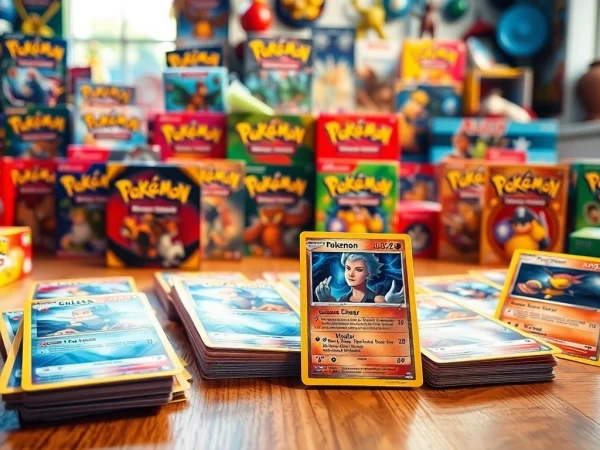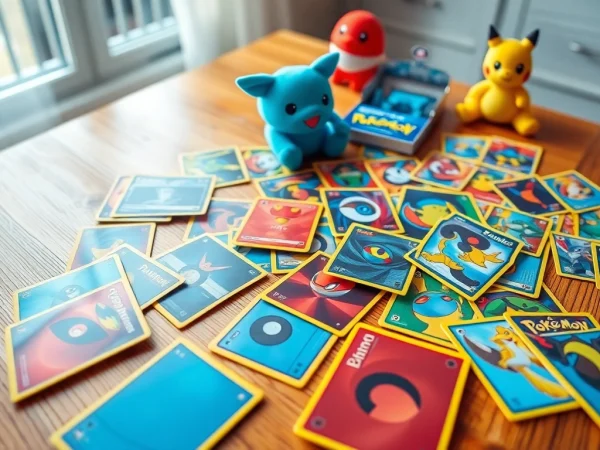Crafting Stunning Real Estate Model Maljorca: A Guide for Architects and Developers
In the competitive world of real estate, visual representation is key to appealing to potential buyers, and nowhere is this more vital than in Mallorca, where stunning landscapes and architecture entice investors from around the globe. A real estate model Maljorca serves as not only a blueprint for designs but also as a dynamic marketing tool that aids stakeholders in understanding properties in three dimensions. By utilizing tangible models, developers, and architects can convey their visions with clarity and precision, facilitating better client communication and decision-making.
The Role of Models in Property Development
Real estate models play a multi-faceted role in property development. More than just physical representations, they assist in various stages of the development process, including planning, marketing, and sales. 3D models help visualize complex designs and landscapes in ways that blueprints and digital designs cannot. Additionally, they allow potential buyers to engage with the property on a personal level before any construction begins.
Models provide clear insights into the project scope, showcasing not just the building itself but also the surrounding environment and its amenities, significantly enhancing the attractiveness of the property. Furthermore, they can be instrumental in obtaining planning permissions and illustrating the design philosophy to stakeholders and local authorities, fostering seamless project execution.
Benefits of Real Estate Models for Investors
Investors and clients can benefit immensely from real estate models in specific ways:
- Visualization: Models provide a realistic portrayal of a property, helping buyers understand dimensions, layouts, and the flow of space.
- Identification of Issues: Early-stage models can expose potential design flaws before they become costly errors in actual construction.
- Enhanced Decision-Making: Detailed models make it easier for investors to visualize the returns on their investments and the lifestyle offered by the property, helping them make informed decisions.
- Market Differentiation: In a crowded marketplace like Mallorca’s, standing out is crucial. High-quality models complement marketing efforts, enhancing visibility and engagement with prospective clients.
Key Features to Highlight in Mallorca Models
When creating models for Mallorca properties, it’s essential to focus on critical features that resonate with the expectations of potential buyers. Some key attributes include:
- Architectural Style: Models should accurately represent the architectural elements typical of Mallorca, such as Mediterranean arches, terracotta roofs, and open spaces that facilitate natural light.
- Surrounding Environment: Highlighting the landscape, gardens, pools, and outdoor living spaces is crucial in attracting buyers who seek the idyllic Mediterranean lifestyle.
- Interior Layouts: Providing detailed interior spaces within the model allows clients to envision how they would interact with their potential new home.
- Sustainability Features: Given the growing demand for eco-friendly construction, emphasizing sustainable building practices within model presentations can appeal to environmentally conscious investors.
Types of Real Estate Models for Mallorca
As the technology of model-making has evolved, so too have the methods available for creating real estate models. Each type serves specific purposes and offers unique advantages, especially in showcasing properties in Mallorca.
Architectural Scale Models
Architectural scale models are one of the most traditional forms of representation used in property development. Constructed from materials like wood, plastic, or cardboard, these models provide a tangible framework to showcase a property. The scale model allows clients to appreciate the structure’s proportions relative to the environment. Detailing elements such as textures, colors, and landscape features can accentuate the model’s appeal.
These models are particularly effective in presenting complex properties, as they encapsulate various aspects of real estate that clients might overlook in 2D drawings. Additionally, they can serve as focal points in presentations or exhibitions, capturing clients’ and stakeholders’ attention through a hands-on approach.
3D Printed Models and Their Advantages
In recent years, 3D printing technology has transformed the landscape of architectural modeling. These models can be created swiftly, allowing for greater flexibility and rapid prototyping. 3D printed models offer a high degree of accuracy in representing intricate design details, leading to more realistic presentations of the properties.
Moreover, these models can easily incorporate elements of the surrounding environment, such as terrain and landscaping, effectively exhibiting views from the property and providing a complete picture for potential buyers. The affordability and accessibility of 3D printing make it an excellent choice for developers looking to showcase multiple properties or iterations of a design.
Virtual Reality Models: A Modern Approach
Virtual reality (VR) offers a revolutionary approach to real estate modeling, enabling immersive experiences that traditional models or images cannot provide. Through VR technology, potential buyers can walkthrough models in a completely immersive setting, exploring every detail of a property from the comfort of their homes.
This method is especially beneficial in a competitive market like Mallorca, where clients are more discerning and seek personalized experiences. VR models allow buyers to visualize properties before completion and even customize aspects of their potential homes. Furthermore, with the growing global preference for virtual interactions post-pandemic, leveraging VR can significantly enhance marketing efforts and streamline sales processes.
Best Practices for Creating Real Estate Model Maljorca
Constructing a compelling real estate model requires careful planning and execution. Here are best practices to consider when creating models for the Mallorca real estate market:
Choosing the Right Materials
The choice of materials for creating models can significantly impact the end result. Depending on the purpose of the model, materials can vary from lightweight foam and cardboard to more durable materials like acrylic or wood. For high-end showcases, using premium materials that accurately represent the final product’s aesthetics is vital. Lightweight materials work well for transportability and ease of handling, while sturdy materials lend credibility and longevity to displays regularly used in showrooms or exhibitions.
Incorporating Local Architectural Styles
In Mallorca, architecture reflects its cultural heritage, featuring elements such as wrought iron balconies, intricate tilework, and natural stone facades. It is essential for models to integrate these characteristics, alleviating the disconnect between the model and its actual cultural context. By reflecting local architectural traditions and modern influences, models can connect with both local and international buyers who seek authenticity in Mallorca properties.
Effectively Showcasing Amenities and Landscapes
A successful real estate model not only highlights the primary building but also effectively showcases outdoor spaces, amenities, and landscaping. This could include details such as pools, gardens, and the proximity of the property to beaches or urban amenities. Incorporating these elements can enrich the buyer’s understanding of the lifestyle offered by the property, increasing its appeal.
Case Studies: Successful Real Estate Models in Mallorca
Examining real-world examples of successful real estate models can provide valuable insights into effective practices and strategies.
Highlights from Recent Developments
One notable project in Mallorca involved the development of luxury villas in a coveted coastal area. The architectural firm utilized both traditional scale models and contemporary 3D printed models to convey the vision of the project. By showcasing the unique layout and stunning views from each villa, potential buyers could better appreciate the luxury lifestyle being offered. The use of 3D printing allowed for quick changes to the models, enabling the developers to refine their pitch based on feedback from initial presentations.
Client Testimonials and Feedback
In client presentations, feedback has consistently highlighted the value of models in decision-making processes. Many buyers have noted that experiencing a detailed model made their choice easier; they could visualize living in the space, leading to faster closing times. One developer noted that incorporating small-scale models into presentations increased buyer inquiries by 30% within the first month.
Lessons Learned from Model Presentations
Experience has shown that models should not only be visually appealing but also tell a compelling story about the lifestyle associated with the property. Presenting models alongside audiovisual elements or well-crafted narratives can help buyers connect not just with the space, but with the anticipated experience of living there. Additionally, being responsive to feedback and making quick adjustments to models can lead to more successful outcomes.
Future Trends in Real Estate Modeling for Mallorca
The future of real estate modeling is exciting, especially with emerging technologies redefining how models are created and presented.
Emerging Technologies in Model Making
Technological advancements in artificial intelligence and augmented reality are paving the way for future real estate modeling. AI can assist in automating model generation, analyzing market data, and enhancing client interactions. Augmented reality (AR) allows clients to interact with digital models overlaid onto physical spaces, offering a hybrid experience that transcends traditional modeling techniques.
Sustainability Practices in Architectural Models
As sustainability becomes a focal point in new developments, there is a growing demand for eco-friendly materials and practices in model making. Utilizing recycled materials and minimizing waste during production can not only enhance a company’s image but also attract environmentally conscientious buyers. Sustainable practices in the construction process will likely emerge as a significant selling point in future property developments.
Market Predictions for Real Estate Developments
Market predictions for the real estate sector in Mallorca indicate a continued trajectory of growth, driven by both local and international demand. As more buyers seek full or part-time residences in the island’s premium locations, the need for accurate and immersive models will only increase. The consistent introduction of innovative technologies will empower developers and architects to offer richer experiences that resonate with today’s buyers, thereby ensuring success in the competitive Mallorca real estate market.










